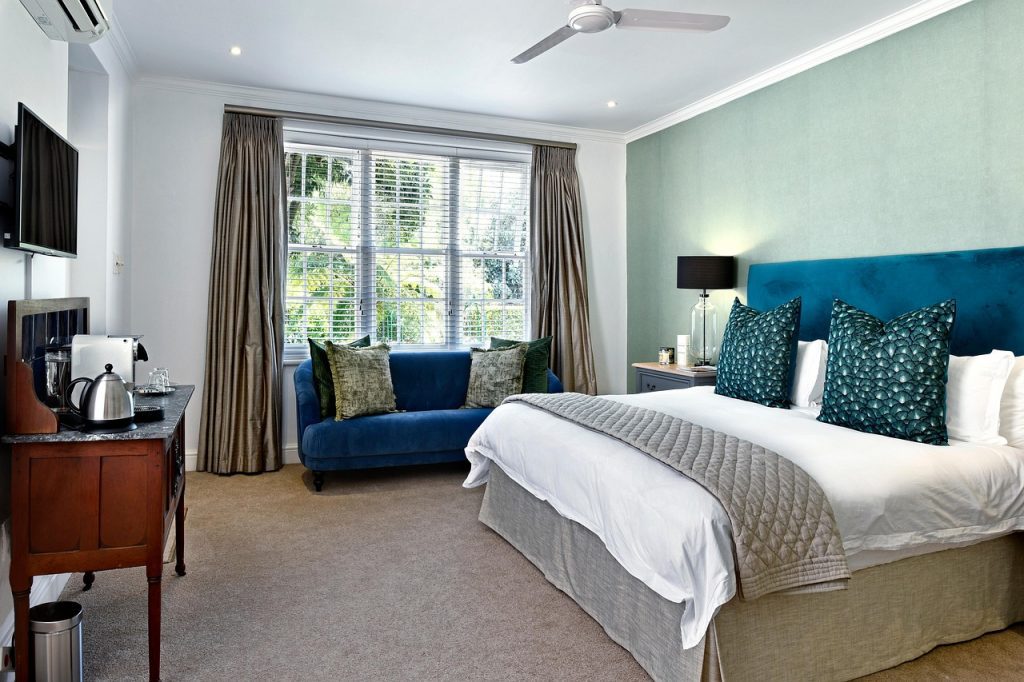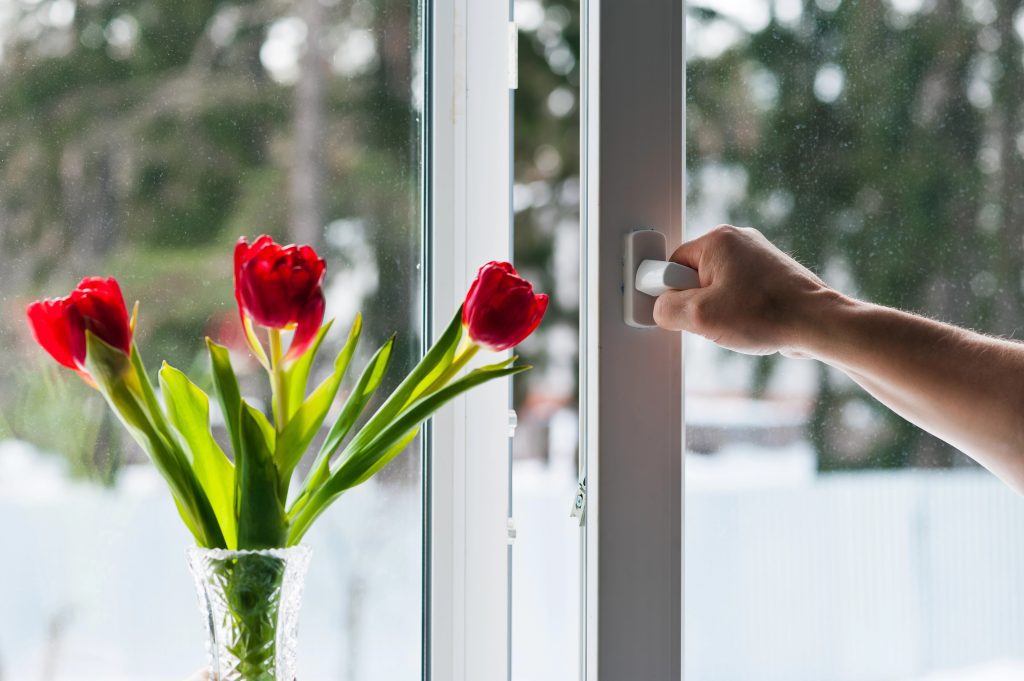As the temperature rises, I find it essential to assess my home’s cooling requirements. Understanding these needs is the first step towards creating a comfortable living environment during the sweltering summer months. I often begin by evaluating the size of my home, as larger spaces typically require more cooling power.
I take into account the number of rooms, their dimensions, and the overall layout. For instance, an open-plan living area may retain heat differently than a series of smaller, enclosed rooms. By analysing these factors, I can better determine the type and capacity of cooling systems that would be most effective for my space.
Moreover, I consider the orientation of my home in relation to the sun. Homes that face south or west tend to absorb more heat throughout the day, which can significantly impact cooling needs. I also pay attention to the insulation quality of my home; well-insulated spaces retain cool air more effectively, reducing the workload on my cooling systems.
By taking these elements into account, I can make informed decisions about how to keep my home comfortable while also being mindful of energy consumption.
Summary
- Understanding your home’s cooling needs is essential for choosing the right cooling solutions and ensuring energy efficiency.
- Utilising window coverings and shades can help block out the sun’s heat and reduce the need for excessive air conditioning.
- Optimising your ceiling fans can help circulate cool air more effectively and reduce the workload on your air conditioning system.
- Using programmable thermostats can help you regulate your home’s temperature more efficiently and save on energy costs.
- Investing in energy-efficient appliances can significantly reduce your home’s overall energy consumption and cooling needs.
Utilising Window Coverings and Shades
Blocking Out Direct Sunlight
During the hottest parts of the day, I make it a habit to close these coverings to block out direct sunlight. This not only helps maintain a cooler indoor temperature but also protects my furniture and flooring from fading due to sun exposure.
Exploring Alternative Window Treatments
In addition to traditional window treatments, I have explored options such as reflective window films and thermal curtains. Reflective films can be applied directly to glass surfaces, reflecting sunlight away from my home while still allowing natural light to filter through.
Creating a Multi-Layered Approach
Thermal curtains, on the other hand, are designed with insulating properties that help keep warm air out during summer and retain heat during winter. By combining these various window treatments, I can create a multi-layered approach to managing heat gain in my home.
Optimising Your Ceiling Fans

Ceiling fans are another tool in my arsenal for maintaining a comfortable indoor climate. I have learned that optimising their use can make a significant difference in how cool my home feels. One of the first things I do is ensure that my ceiling fans are set to rotate counter-clockwise during the warmer months.
This direction creates a wind-chill effect that helps cool me down without actually lowering the room temperature. It’s a simple adjustment that can enhance comfort while using less energy than air conditioning. Additionally, I make it a point to use ceiling fans in conjunction with my cooling system rather than relying on them alone.
By setting my air conditioning to a slightly higher temperature and running the ceiling fans simultaneously, I can create a more pleasant environment while reducing energy consumption. This combination allows me to enjoy a cool breeze without overworking my air conditioning unit, ultimately leading to lower energy bills and a more sustainable lifestyle.
Using Programmable Thermostats
| Metrics | Value |
|---|---|
| Energy Savings | 10-15% |
| Cost Savings | £75-£180 per year |
| CO2 Emissions Reduction | 500-1500 kg per year |
| Convenience | Ability to control temperature remotely |
| Comfort | Consistent temperature control |
In my quest for an efficient cooling strategy, I have found programmable thermostats to be invaluable. These devices allow me to set specific temperatures for different times of the day, ensuring that my home remains comfortable when I am present while saving energy when I am away. For instance, I programme the thermostat to raise the temperature slightly during the day when I am at work and lower it again just before I return home.
This way, I come back to a cool house without having wasted energy throughout the day. Moreover, many modern programmable thermostats come equipped with smart technology that enables me to control them remotely via my smartphone. This feature allows me to make adjustments on-the-go, ensuring that I can respond to unexpected changes in my schedule or weather conditions.
By embracing this technology, I not only enhance my comfort but also contribute to energy conservation efforts by reducing unnecessary cooling when it is not needed.
Investing in Energy-Efficient Appliances
When it comes to cooling my home effectively, investing in energy-efficient appliances has proven to be a wise decision. I have learned that appliances with high energy efficiency ratings consume less electricity while providing the same level of performance as their less efficient counterparts. For example, when it was time to replace my air conditioning unit, I opted for an Energy Star-rated model that promised significant savings on my energy bills.
In addition to air conditioning units, I also consider other appliances that contribute to indoor cooling, such as dehumidifiers and evaporative coolers. These devices work by removing excess moisture from the air or using water evaporation to cool down spaces naturally. By choosing energy-efficient options for all my cooling needs, I not only save money but also reduce my carbon footprint, making a positive impact on the environment.
Maximising Natural Ventilation

I have discovered that maximising natural ventilation is an effective way to keep my home cool without relying solely on mechanical systems. By strategically opening windows and doors during cooler parts of the day—such as early morning or late evening—I can create cross-ventilation that allows fresh air to flow through my home. This natural airflow helps lower indoor temperatures and improves air quality.
To enhance this process further, I pay attention to the placement of furniture and obstacles that may impede airflow. By ensuring that windows are unobstructed and strategically positioning fans to direct air where it is needed most, I can create a comfortable environment without excessive energy use. Additionally, incorporating features such as vents or louvres can facilitate better airflow throughout my home, making it easier to maintain a pleasant temperature even on hot days.
Maintaining Your Air Conditioning System
Regular maintenance of my air conditioning system is crucial for ensuring its efficiency and longevity. I have learned that neglecting this aspect can lead to decreased performance and higher energy costs over time. To keep my system running smoothly, I schedule annual professional inspections and cleanings.
During these visits, technicians check for any potential issues and clean components such as filters and coils, which can become clogged with dust and debris. In addition to professional maintenance, I take proactive steps myself by regularly changing or cleaning filters every month or two during peak usage seasons. A clean filter allows for better airflow and improves the overall efficiency of the system.
By staying on top of maintenance tasks, I not only extend the life of my air conditioning unit but also ensure that it operates at peak performance when I need it most.
Creating Shade with Outdoor Landscaping
Finally, I have found that creating shade through outdoor landscaping can significantly enhance my home’s cooling capabilities. By strategically planting trees and shrubs around my property, I can block direct sunlight from hitting my home’s exterior walls and windows. This natural shade helps reduce heat gain indoors and creates a more pleasant outdoor environment as well.
I have also considered installing awnings or pergolas over patios and windows to provide additional shade without obstructing views or natural light. These structures not only enhance the aesthetic appeal of my home but also serve as functional elements that contribute to cooling efficiency. By thoughtfully designing my outdoor spaces with shade in mind, I can enjoy a cooler home while enhancing the overall beauty of my property.
In conclusion, understanding and implementing various strategies for cooling my home has been an enlightening journey. From assessing cooling needs and utilising window coverings to optimising ceiling fans and investing in energy-efficient appliances, each step contributes to creating a comfortable living environment while being mindful of energy consumption. By embracing natural ventilation and maintaining my air conditioning system diligently, I ensure that my home remains a sanctuary during hot weather.
Finally, enhancing outdoor spaces with landscaping not only provides shade but also adds value and beauty to my property. Through these combined efforts, I am able to enjoy a cooler home while promoting sustainability and efficiency in my daily life.
If you’re looking for more eco-friendly tips to keep your house cool, you might want to check out The Green Clean: Unlocking the Benefits of Eco-Friendly Cleaning. This article provides valuable insights into how you can maintain a clean and cool home using environmentally friendly cleaning products. By incorporating these green cleaning techniques into your routine, you can create a healthier living environment while also reducing your carbon footprint. It’s a win-win for both you and the planet!
FAQs
What are some tips for keeping the house cool in hot weather?
Some tips for keeping the house cool in hot weather include using fans, closing curtains or blinds during the hottest part of the day, using air conditioning efficiently, and keeping windows and doors closed during the hottest part of the day.
How can fans help to keep the house cool?
Fans can help to keep the house cool by circulating air and creating a breeze, which can make the room feel cooler. They can be used in conjunction with open windows to bring in cooler air from outside.
Why is it important to close curtains or blinds during the hottest part of the day?
Closing curtains or blinds during the hottest part of the day can help to block out the sun’s heat and prevent it from warming up the inside of the house. This can help to keep the house cooler and reduce the need for air conditioning.
How can air conditioning be used efficiently to keep the house cool?
Air conditioning can be used efficiently to keep the house cool by setting the temperature to a comfortable level, using a programmable thermostat to regulate the temperature, and ensuring that doors and windows are closed to prevent cool air from escaping.
Why is it important to keep windows and doors closed during the hottest part of the day?
Keeping windows and doors closed during the hottest part of the day can help to prevent hot air from entering the house and keep the cool air inside. This can help to maintain a comfortable temperature and reduce the need for air conditioning.


